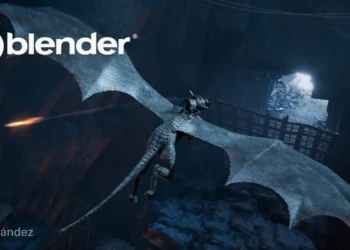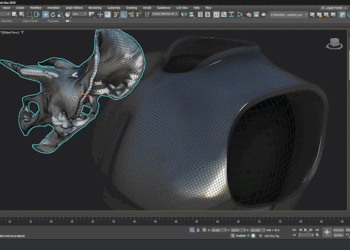Unreal Engine has released version 5.2, building on the framework and features of its previous iterations to offer users more powerful tools for next-generation, real-time 3D content creation. The update focuses on enhancing the robustness, workflow, and versatility of its feature set, catering to the requirements of various sectors.
Key updates in Unreal Engine 5.2 include the Procedural Content Generation (PCG) Framework, which enables artists and designers to create their own procedural content, such as buildings or biome generation, and even entire worlds. Substrate offers a new way of authoring materials, providing users with more control over the appearance of objects through a modular multi-lobe framework.
Virtual Production has also seen improvements, with enhancements in SMPTE 2110 integration, an iOS native operator app for on-stage controls, and simplified Virtual Camera Blueprints. DMX improvements feature a simplified Control Console for quicker debugging and control of physical and virtual fixtures, along with several UI enhancements.
The release includes a Machine Learning (ML) Deformer Sample, which showcases full-body character mesh deformations using the ML Deformer system. Additionally, Launcher Builds with Universal Binaries for macOS support both Apple Silicon (ARM64) and Intel-based (x86-64) Macs, improving performance and user experience on macOS devices, including support for the “notch” on current-generation Mac screens.
For more information on Unreal Engine 5.2 and its new tools and improvements, visit the Unreal Engine website.







